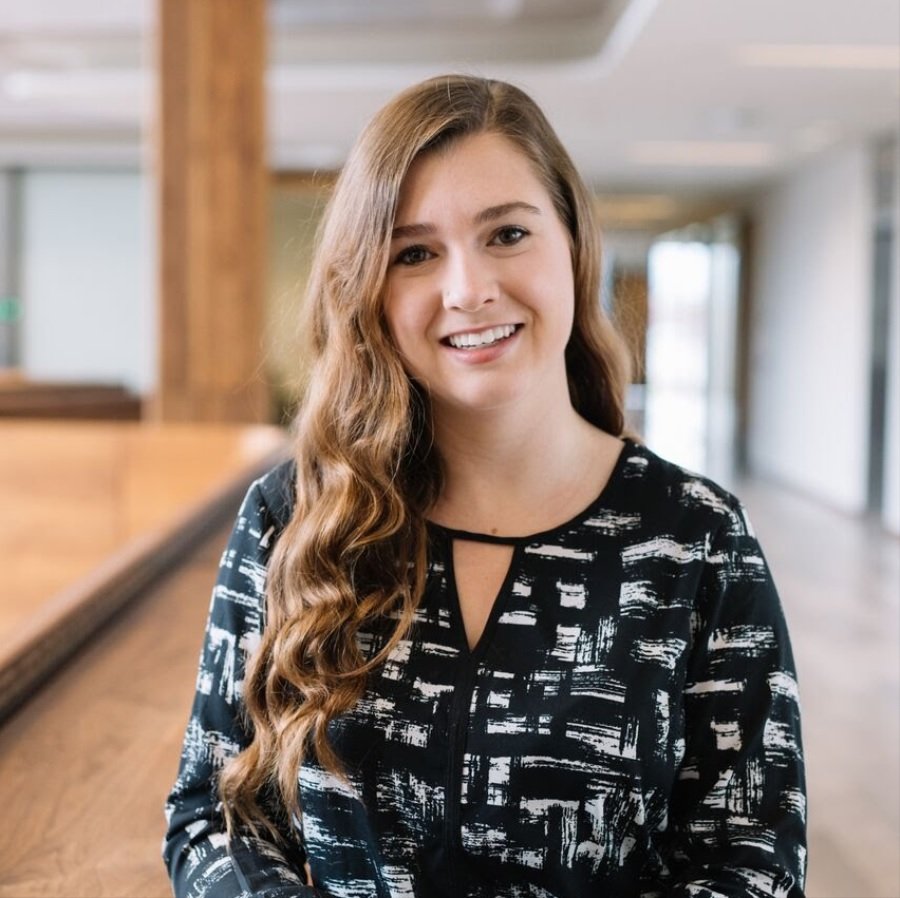Silven Read
Lab Manager, Geography Spectral Lab, University of Victoria
MA Biology, Cal Poly Humboldt
BSc Biology, Virginia Tech
Spectral Lab Research:
My main project compares methods of detecting encrusting bryozoans on kelp using action cameras attached to drop quadrats plus video collected from remote-operated vehicles. We selected a latitudinal gradient of sites along the British Columbia coast to compare variables such as sea surface temperature, salinity, and kelp community composition. My other responsibilities include helping run the Spectral lab: managing grant expenses to match outlined project budgets; copy editing manuscripts for peer-reviewed publications; scheduling meetings among stakeholders, including government, private, and First Nations entities; ordering equipment; and more.
Background:
I am a career lab manager and research technician. Having studied and worked at universities, government offices, and in the private sector, I have benefited from amazing opportunities to participate in many types of research. My past projects encompass a wide variety of topics in the sciences, such as: correlation of hormones with autism or schizophrenia; distribution of chytrid fungal disease among amphibian populations; kelp cryopreservation protocol development for Nereocystis luetkeana; social amoeba competition with conspecifics using symbiotic bacteria; and spread of genetically modified grass pollen in a vulnerable agricultural system.
expertise and experience:
Organization of labs and data; training others in protocols and novel techniques; identifying organisms; copy editing; MS Office; R statistics; DNA extraction; PCR; hormone assays; sterile technique; tissue culture; inventory; purchasing.
Publications:
Mora-Soto, A., Schroeder, S., Gendall, L., Wachmann, A., Narayan, G., Read, S., Pearsall, I., Rubidge, E., Lessard, J., Martell, K., Costa, M. (submitted 2024). Back to the past: Long-term persistence of bull kelp forests in the Strait of Georgia, Salish Sea, Canada. Frontiers in Marine Science, 11, 1446380. https://doi.org/10.3389/fmars.2024.1446380
Mora-Soto, A., Schroeder, S., Gendall, L., Wachmann, A., Narayan, G.R., Read, S., Pearsall, I., Rubidge, E., Lessard, J., Martell, K., Wills, P., Costa, M. (2024). Kelp dynamics and environmental drivers in the southern Salish Sea, British Columbia, Canada. Frontiers in Marine Science, 11, 1323448. https://doi.org/10.3389/fmars.2024.1323448



























